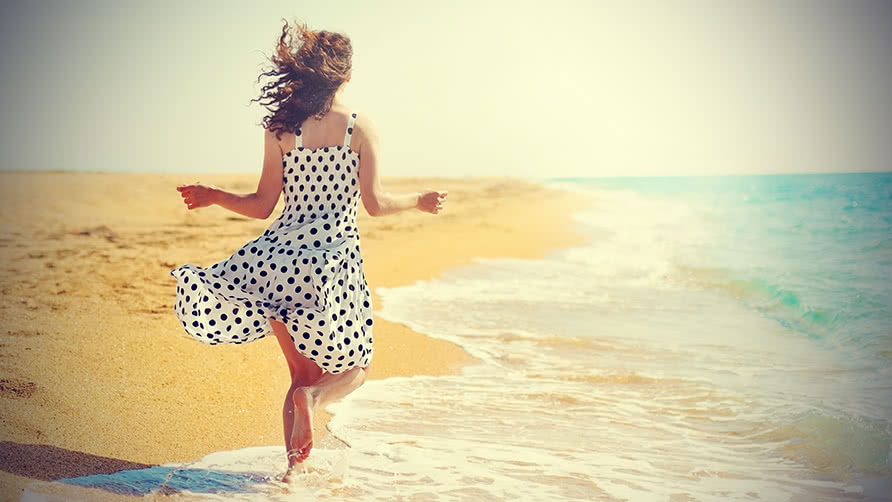
Since the launch of Sundriven® we have noticed how we have not only contributed in helping women age effortlessly, or even prevent skin cancer, but that we have built a sense of confidence.
Confidence
-
the feeling or belief that one can rely on someone or something; firm trust.
As women age, it is natural for us to become a little more insecure about certain things that we were not insecure about before. Aging and even going through menopause can cause women to lose the confidence they once had in themselves. Going by the pool and tanning with friends on a warm summer day, goes from not knowing which bathing suit to wear, to hoping you don't sweat to death from hot flashes or getting dark spots and wrinkles.
So instead of embracing the fact that we all age, we are in constant fear. In fear of our mood swings, hot flashes, or skin changes. Fear is what is restraining women from going out and enjoying life like they use to, or should. We at Sundriven® want to be the change...
While preventing dark spots, wrinkles, and skin cancer, our line of products are all made with a smooth surface and no fiber stiffness. The flexible, smooth luxurious botanical fibers of our PrioriTec™ fabric make it so comfortable, it’s as if you’re not wearing anything at all! Much of the comfort is also due to the smoothness of the micro fibers and it’s temperature-controlling abilities.The fibril structure in the fabric helps absorb moisture into the fiber, releasing it into the air, which is something synthetic fibers can’t do. The Sundriven® fabric has been proven to absorb 50% more moisture than cotton. So you would never have to worry if you happened to be having those hot flashes ever again.
It's time to take off that layer of fear, and put on a layer of Sundriven®. Instead of hiding at home or chasing shadows, it's time to GO! Embrace the beauty of aging and our brand will give you your confidence back. Go to the Central Park on a warm summers day, go shopping with your girlfriends on Rodeo Drive, Go and wear that little black dress you use to love! Go and be an outsider.
And let's work together on helping the way women look and feel about aging.
Authors: Nazanin Yashar
Sources: http://www.merriam-webster.com/dictionary/confidence













